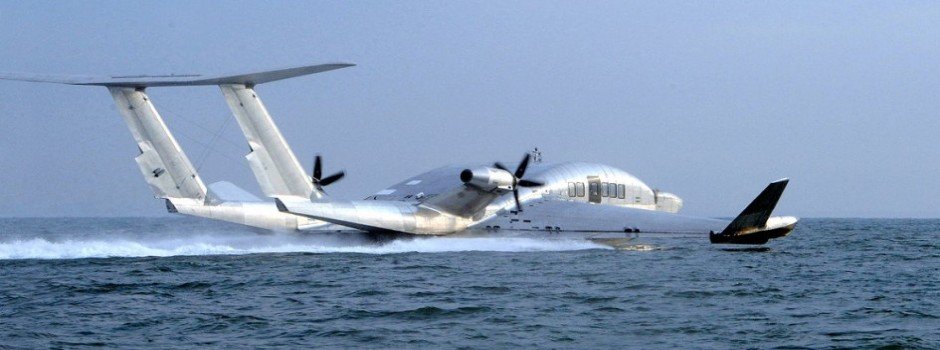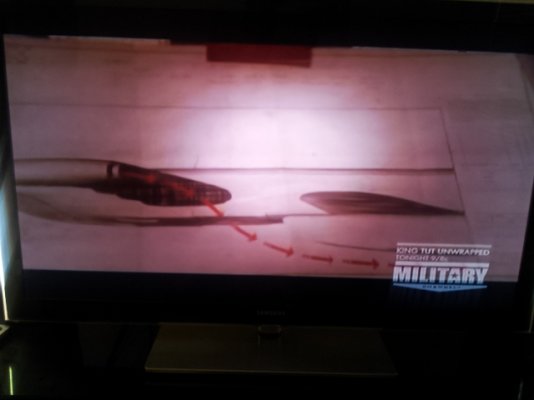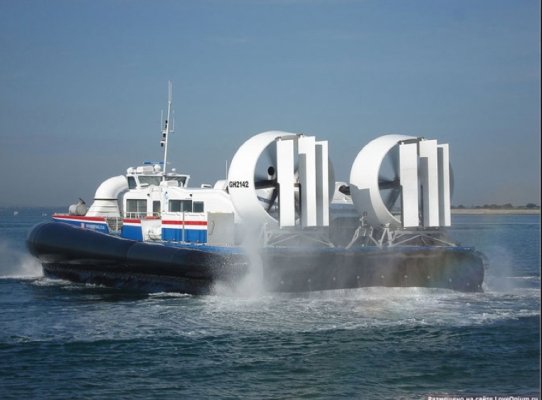Nomad Willy
Guru
Fly wrote "We were probably typing at the same time" Yes I've done that too.
HopCar, Yea I've seen some ground effect things that were pedaled like a bicycle.
HopCar, Yea I've seen some ground effect things that were pedaled like a bicycle.








